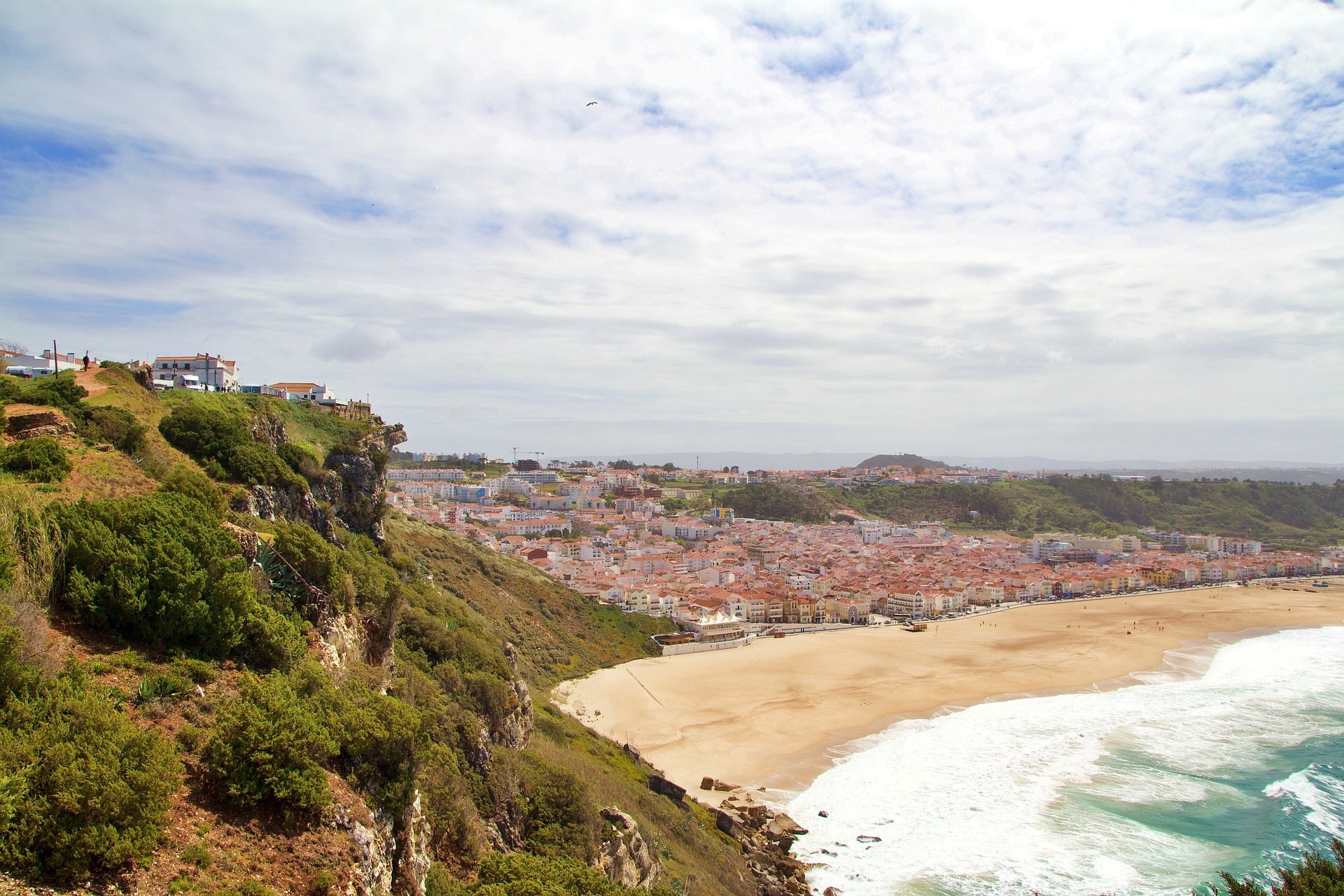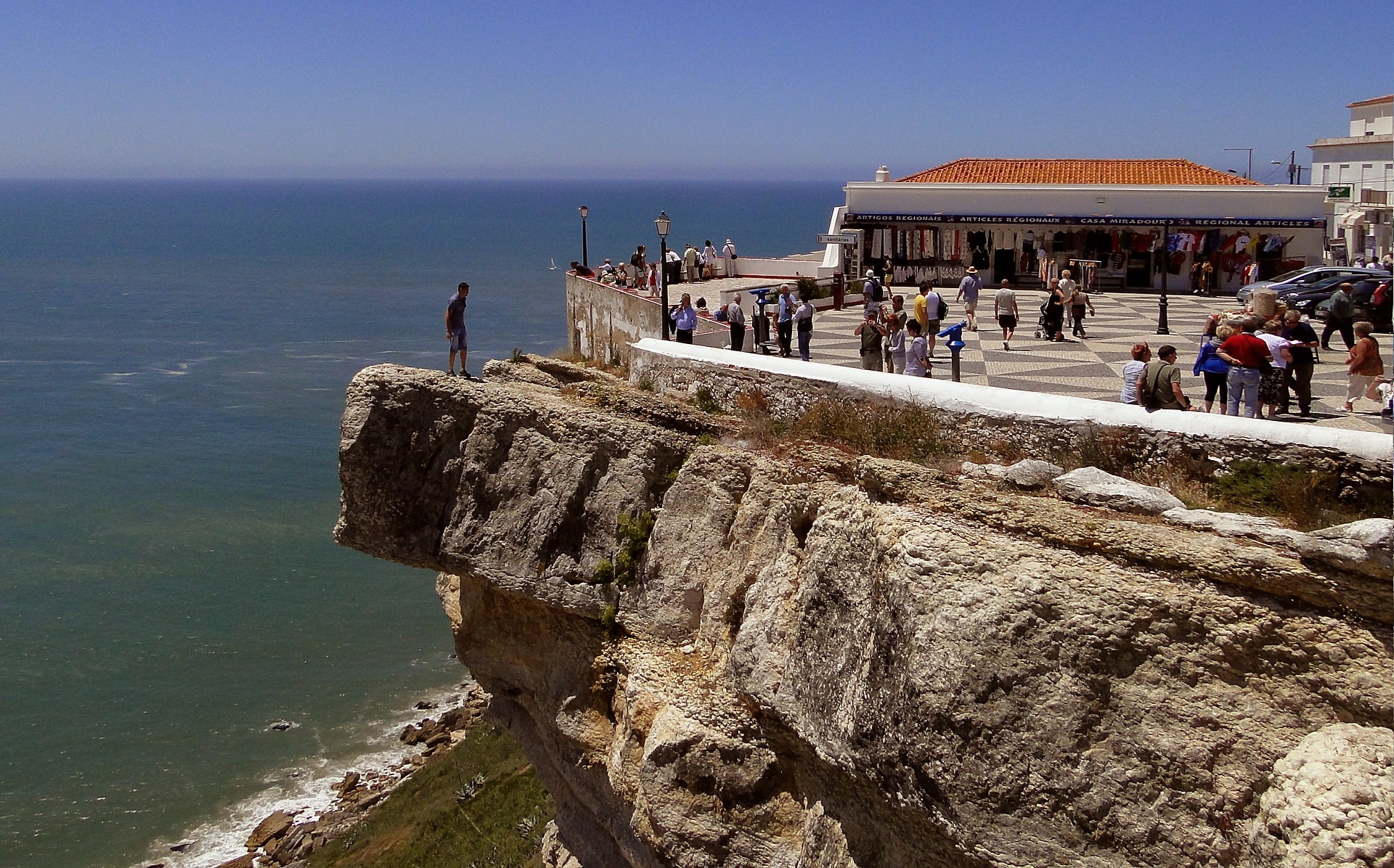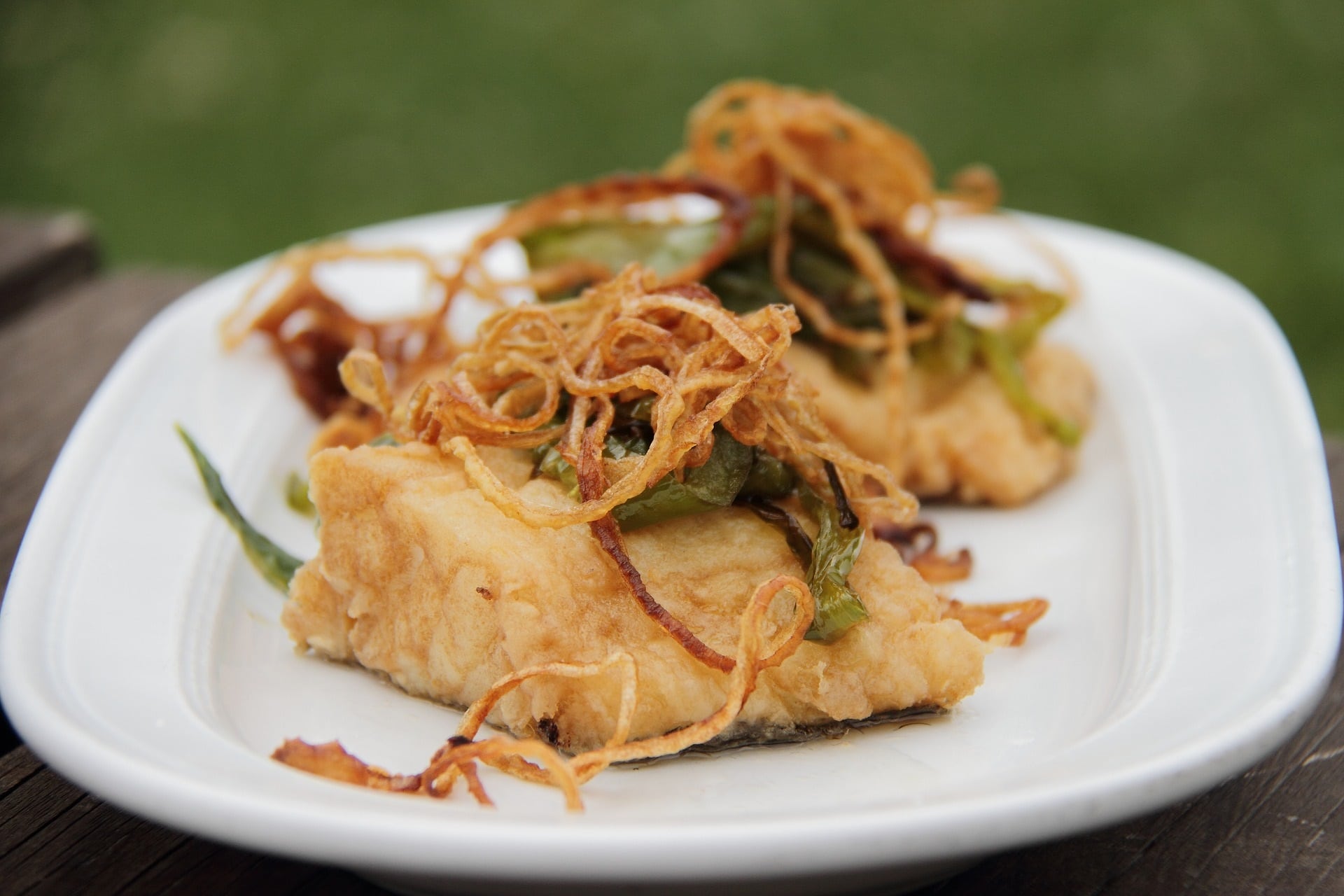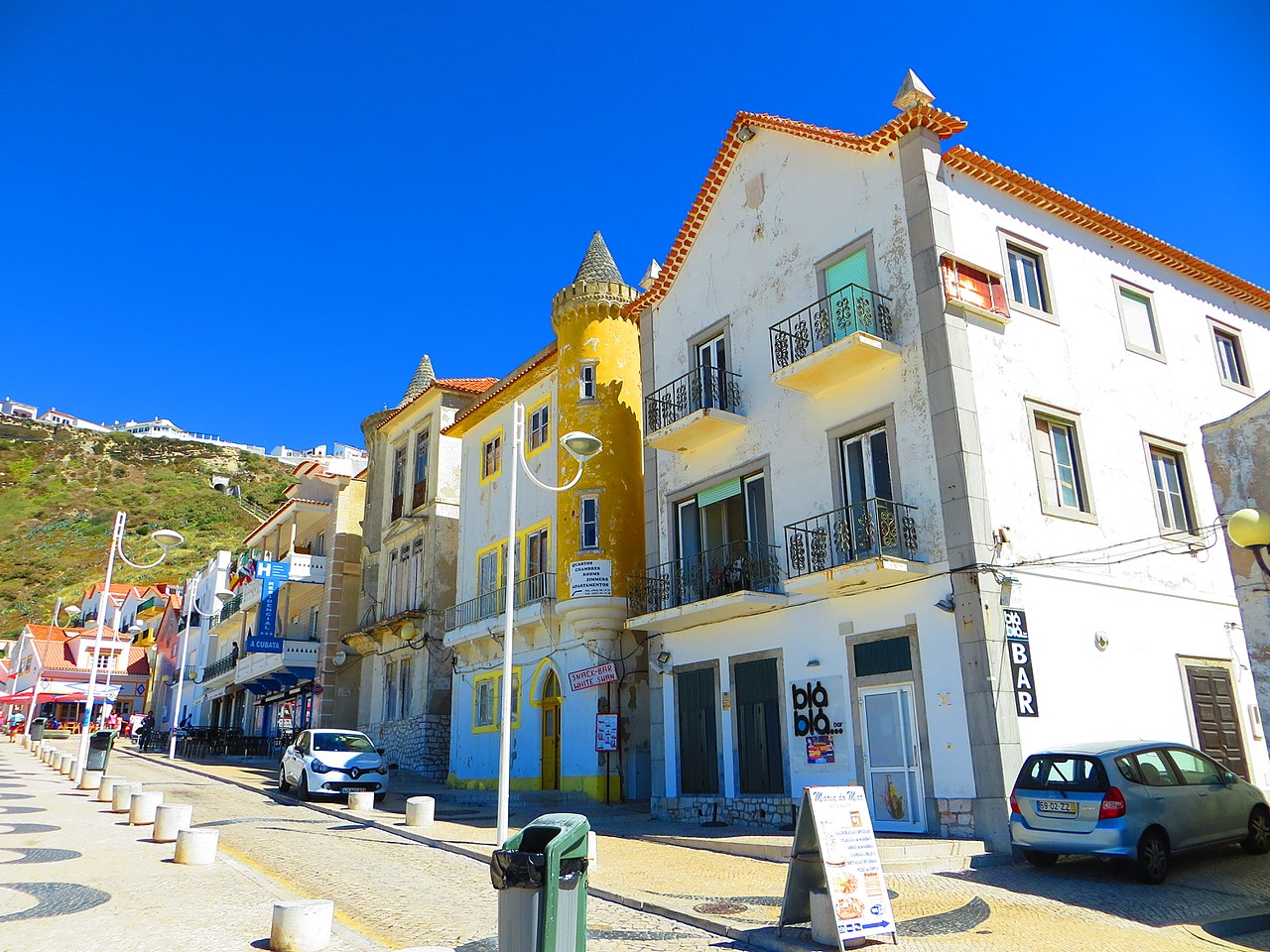
Nazareth
Located about one hundred and twenty kilometers north of Lisbon, the Portuguese town of Nazareth It is a small population that has substituted fishing for tourism as a source of income. It has beautiful white sand beaches and crystal clear waters that are perfect for surfing. The Atlantic in that area forms the so-called Nazaré canyon, which provides that maritime area with the necessary turbulence for this sport.
The Portuguese village also offers you magnificent gastronomy, beautiful natural enclaves and monuments, as well as a bustling and lively atmosphere in the summer months.
What to see and what to do in Nazaré
The first thing that will catch your attention in the Portuguese town of Nazaré are its impressive beaches. In the same urban area there is that of Banhos, very extensive and open. Near it you will find the fishing district, full of bars and restaurants. But, above all, very typical, with its narrow and steep streets and its whitewashed houses.
The upper part of the town is called Sitio and it is the viewpoint of Suberco, about one hundred and ten meters high and that offers you wonderful views of the Portuguese coast. You can also visit the imposing Fort of Sao Miguel Arcanjo, with its characteristic lighthouse.
Precisely on site is the Sanctuary of Our Lady of Nazaré, a spectacular 17th century baroque church that is almost as important as that of Fátima. Inside, you can see the carving of the virgin of the same name that dates back to the 8th century and some beautiful tile paintings due to the Dutchman V. Van Kloet. Two other buildings complete this architectural complex: the royal palace, where the Portuguese monarchs stayed, and the hospital.
Near this set, you can visit the Ethnographic and Archaeological Museum Doctor Joaquim Manso, located in a summer house from the early twentieth century. It presents a heterogeneous exhibition that combines sculpture, painting or archeology. But special interest has its ethnographic section on the past of Nazaré and its inhabitants.

Nazaré is famous for its viewpoints
Alcobaça and Batalha
Very close to Nazaré, 16 and 30 kilometers respectively, you will find two places equally with a lot of historical and monumental interest. These are the localities of Alcobaça and Batalha.
In the first you will see the monastery of Santa María de Alcobaça, a Cistercian monastery founded by King Alfonso I in 1148 that is a World Heritage Site according to UNESCO. Its architectural style is Gothic although it has Moorish elements. In it are the tombs of another monarch, Pedro I of Portugal, and of Inés de Castro, who was his lover. His tragic love story would become a legend, being taken to the theater by well-known playwrights such as Luis Vélez de Guevara or Alejandro Casona. Also in this villa, although of a very different character, you have the National Wine Museum, one of the most complete in Portugal.
As for the BatalhaIt also has an impressive monastery, that of San María da Vitoria, a perfect example of the Manueline Gothic style and also a World Heritage Site. But this area also offers you natural wonders such as the Caves of the Currency, some spectacular caves 45 meters deep and with an extension of almost half a kilometer.
Gastronomy of Nazaré
As a fishing village, Nazaré offers you magnificent seafood. Any of your fresh fish, simply cooked on the grill or on the grill, it is a real delicacy. And the same can be said of seafood. But the Portuguese town also offers you typical dishes.
However, almost all are based on seafood. It is the case of the caldeirada, a stew made with different fish; of rice with tambourine (snuff); of the mass of fish and wake up, two types of seafood soup or the cataplan or seafood casseroles. As for desserts, you must try sweet sardines, tamar and nazarenes.

A plate of cod
Weather and festivities
The Portuguese town of Nazaré has a Mediterranean climate, with mild temperatures all year round. But the best time for you to visit it is the one that goes from May to October. In this period, the temperatures are very pleasant, without exceeding 27 degrees Celsius and there is little rainfall. That is, you can enjoy the beach.
Regarding the dates set in the Portuguese town, the 8th of September stands out. That day is celebrated the feast of Our Lady of Nazaré and thousands of people make pilgrimage in pilgrimage. This commemoration is accompanied by numerous cultural and gastronomic festivities that last 10 days.
How to get to Nazaré
If you don't want to use your car to go to Nazaré, you can use public transport. If you take as a basis Lisbon, which you can get to by plane, there is a little over a hundred kilometers to your destination.
You can use the Portuguese railways, which are quite good. From the capital of the country, the train takes 3 hours and 20 minutes to Nazaré and there are 38 connections every day that start at 5.37 in the morning and end at 16.44 in the afternoon.
However, you are more interested in taking the bus trip. It only takes 35 minutes and is cheaper. Similarly, there are 38 connections a day, with a first departure at 8 in the morning. The last one is at 20 in the afternoon.

Houses in Nazaré
Fun facts about Nazaré
The first thing that will catch your attention in Nazaré is its quaint charm. Despite being a tourist town, foreigners mingle with its inhabitants, who wear traditional attire in a Portuguese fishing village.
But perhaps the most curious fact about the Portuguese town is that on its coasts there are the biggest waves in the world. In fact, they sometimes reach the size of a 10-story building. That is why they speak of «The great wave of Nazaré».
Finally, we will tell you the legend on which the foundation of the Portuguese town of Nazaré is based. During a hunt and chasing a deer, the noble Don Fuas Roupinho saw his horse heading straight for a cliff. Faced with the inevitable, he entrusted himself to the Virgin and she appeared to him, stopping the horse in its tracks. As a thank you, Roupinho had a chapel built in the area that was called of the memory. Around it, the fishing village that today is Nazaré developed.